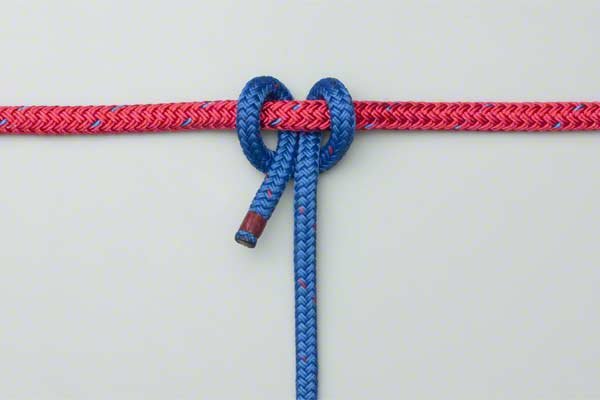I agree with the posts above. Read the instruction manual for your windlass. Mine warns that the windlass is intended only to lower and raise the anchor and not to use it to pull the anchor free. The rode must be secured by other means when anchored or when underway.
It even came with a warning label but I didn't install it because I know how to use it and what not to do.
It even came with a warning label but I didn't install it because I know how to use it and what not to do.

